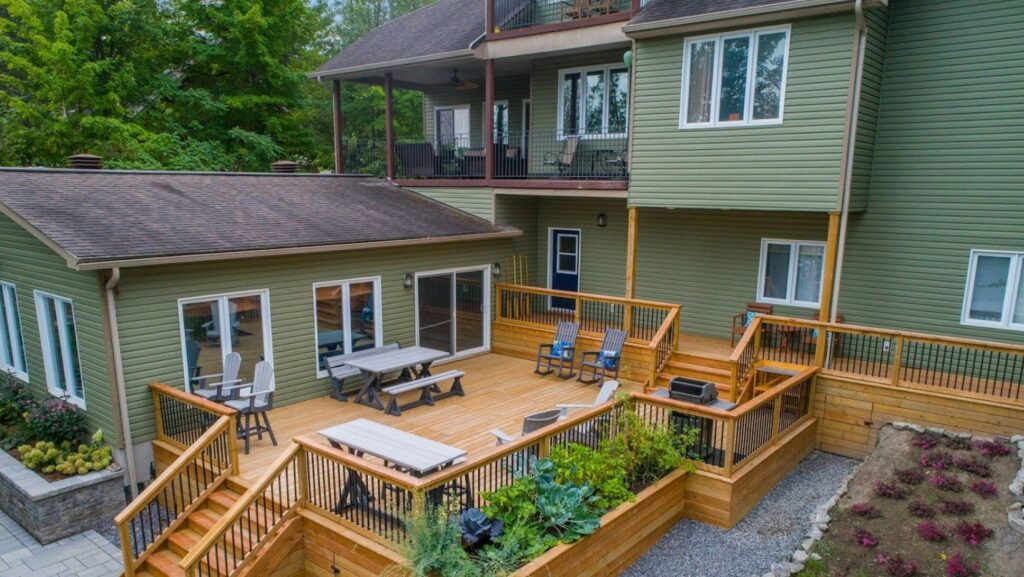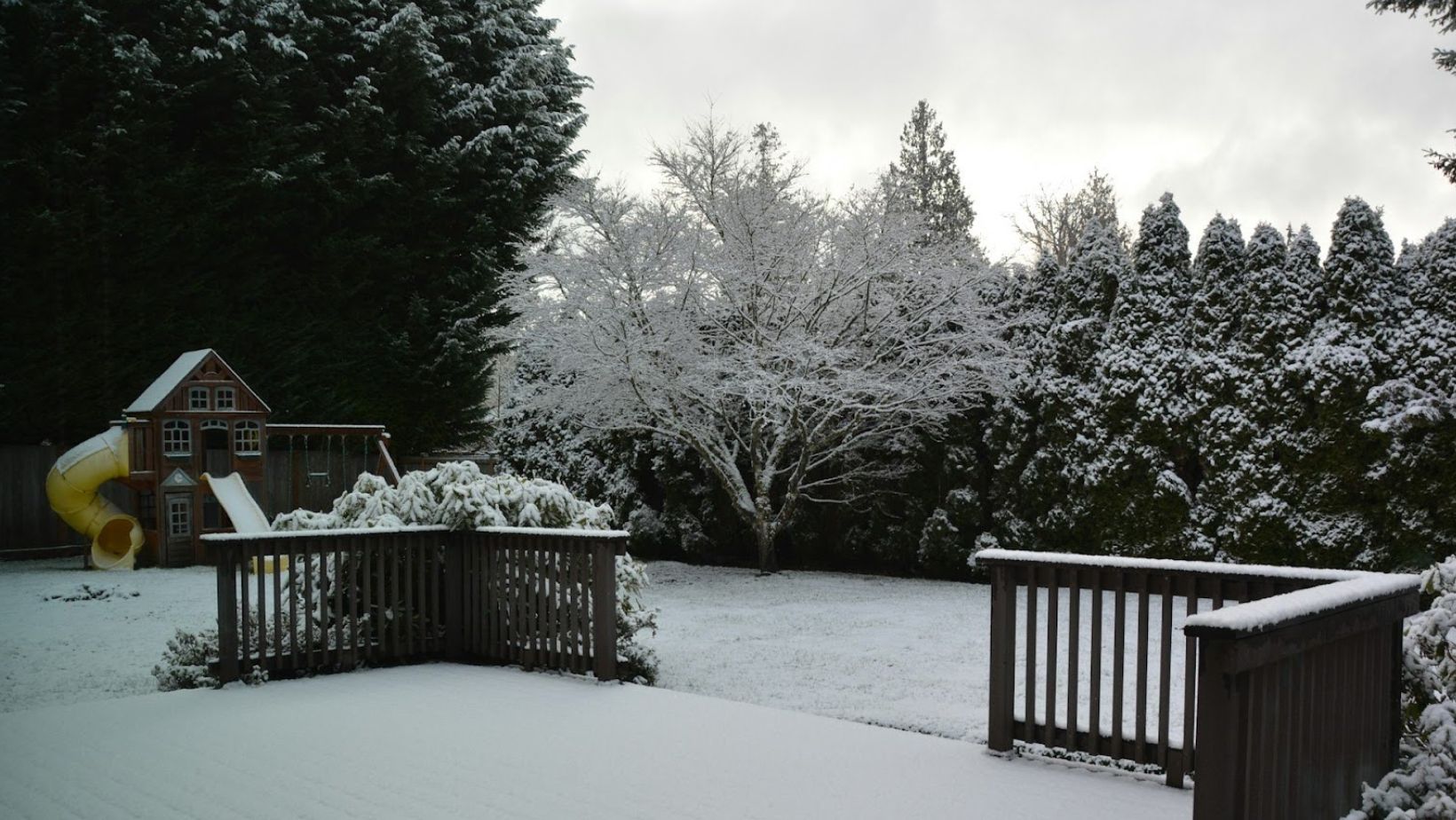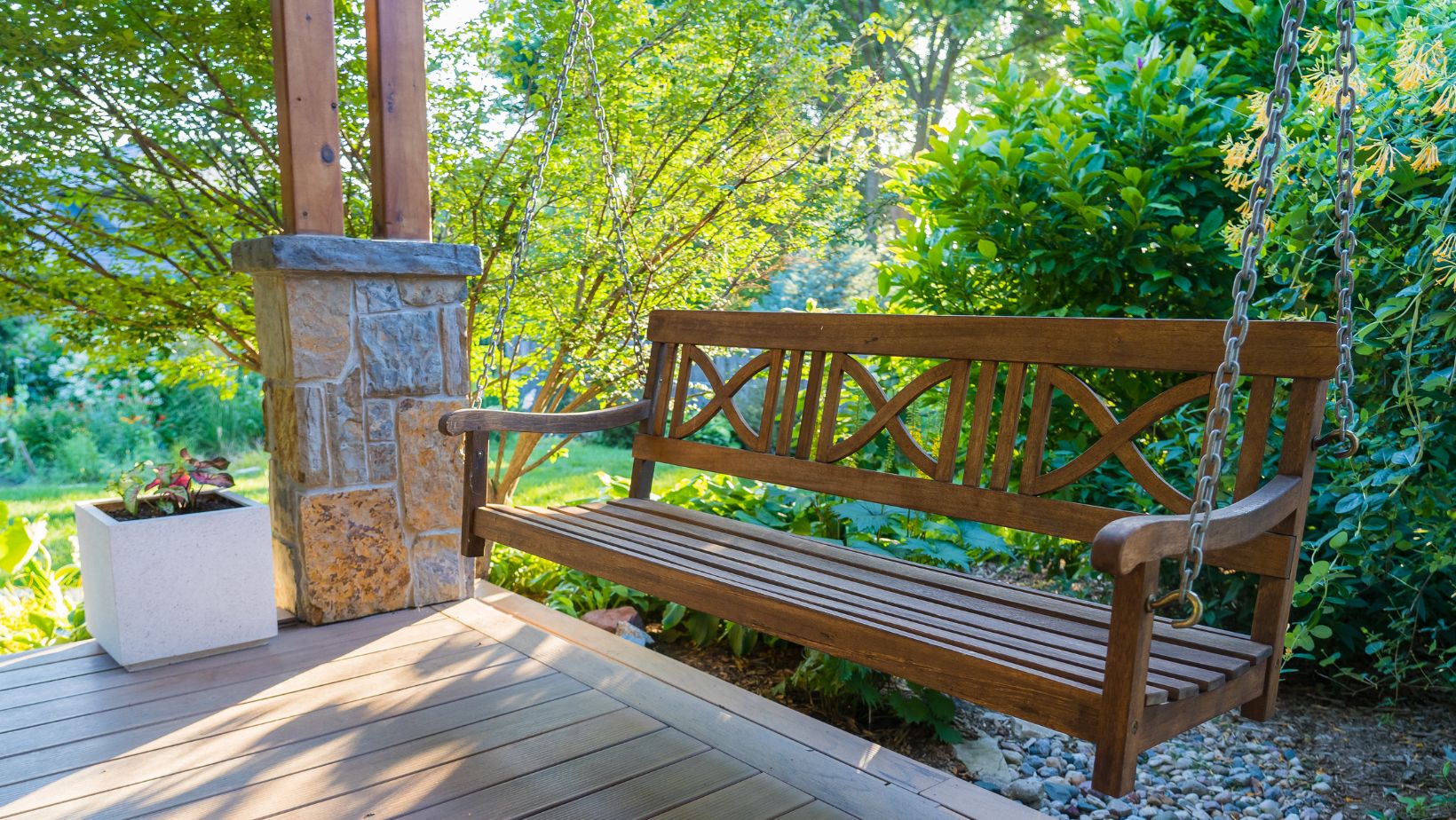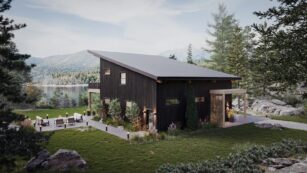
Decks are one of the most practical additions you can make to your garden. They provide extra living space, add visual appeal, and can even serve as clever storage if designed with that in mind. However, one of the biggest challenges people face when planning a deck is determining the right size. It needs to fit into your garden, connect smoothly to your home, and blend into the overall flow and design of the space, which isn’t always easy.
That’s why we’ve put together this guide to help you choose the right deck size for your property so it fits naturally into your outdoor space.
Determine How You Want to Use the Deck
Before you break out the measuring tape, it’s important to think about how you plan to use your deck. Whether it’s for family dinners or having a quiet place to relax on warm evenings, your intended use will play a big role in determining how much space you’ll need.
An easy place to start when measuring your deck size is by counting how many people will be using it at once; factor in family members and regular guests. After that, you’ll be able to consider the furniture and layout you want to go with to accommodate them comfortably. Normally, a deck size of 12×20 gives enough space without taking up too much of your outdoor area.
Consider Local Building Regulations
Don’t make the mistake of thinking you can just build a deck and call it a day. In many parts of the world, specific rules and regulations can make the process more complicated than expected. To avoid any setbacks, you’ll need to do some research on your local building codes before you begin.
You might run into a few issues, such as needing permits and having to keep your deck within specific height and size restrictions. Should you decide not to address these things, it could lead to hefty fines. Or, worse, the local government may force you to alter or remove your deck entirely, something no one wants to deal with.
Find the Sweet Spot Between Cost and Size
It’s totally understandable to want the biggest deck on the block, but is it really necessary if a smaller one does the job just as well? Size plays a major role in your overall budget; it’s often the single biggest factor affecting cost. Right now, the average cost per square foot for a deck ranges from $30 to $60. Once you do the math, that can add up fast, and that’s before you even factor in your choice of materials or labor costs.

To stay on top of your budget, it’s a good idea to list out all the potential expenses ahead of time. This can include materials, labor, furniture, and any other extras. That way, you’ll have a clear picture of your total spending, and you’ll be in a much better position to find the sweet spot between cost and size.
Be Smart With Your Material Choice
If there’s one thing that’s certain, it’s that the materials you pick will shape how strong and attractive your deck will be. Just remember, though, that your choice will also influence the price. Bigger decks cost more, and certain materials come with a higher price tag.
Wood and vinyl are two of the most popular options, each of which offers its own set of advantages. But before you commit to anything, it’s worth thinking through what you really want from your deck, both in terms of style and performance. For example, a hardwood like Ipe is often considered the gold standard thanks to its durability and gorgeous appearance. While the initial cost is high, building with materials like this will ensure your deck lasts more than a decade. Vinyl is also on the expensive side, but it’s low-maintenance and long-lasting, which can make it well worth the investment.
Decide on the Perfect Design
Some would say that with decks, design is everything, and they wouldn’t be wrong. The layout you choose doesn’t just affect how your deck looks; it also plays a major role in determining the size.
A deck design might look great on paper, but if it doesn’t suit the shape or size of your garden, it can become a real problem. For example, say you have a 200-square-foot garden with a square layout, and you try to install a large rectangular deck; it’s unlikely to fit well, if at all. Imagine you already bought the materials; that’s money down the drain.

Adapting it to the existing shape will lead to a more practical outcome. You’ll save yourself a lot of time and frustration. Plus, it will also make your finished deck feel like it truly belongs there instead of sticking out like a sore thumb.
Select the Right Deck Size for Your Backyard Today
Choosing the right deck size for your backyard can feel overwhelming if you’re not sure where to begin. This guide eliminates the guesswork and provides a clear path to confidently select the perfect deck for your space so you can dive into the project without overthinking things.












